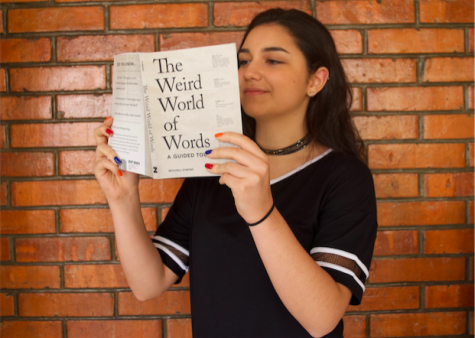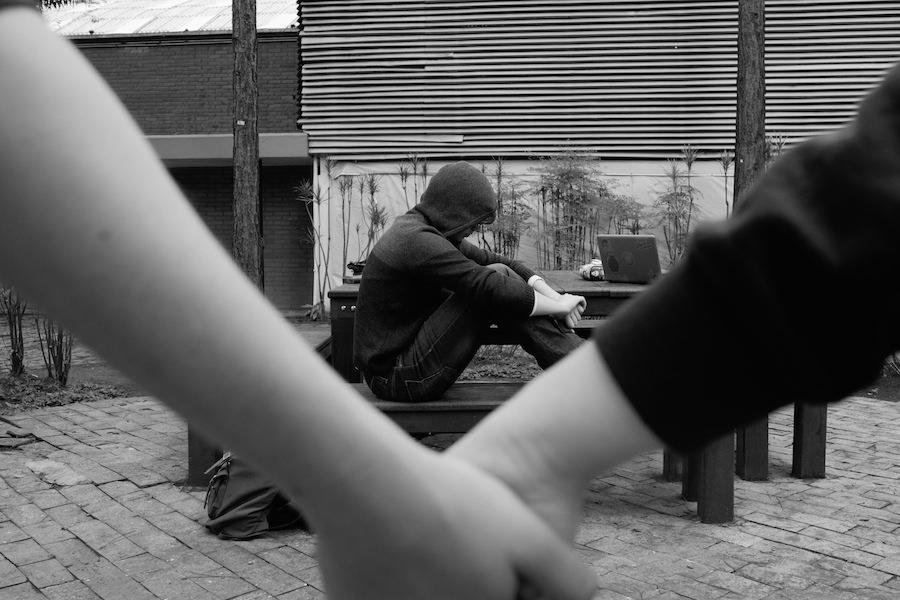Pain demands to be felt
“That hurt my feelings.” “He broke my heart.” “Love hurts.” We’ve all heard these statements before and perhaps even said them. We know what they mean because we’ve all been hurt, physically and emotionally. Research about this topic shows that “social pain” triggers regions in the brain that are also activated during physical pain. Social pain is caused by events such as exclusion from social connections or activities, rejection, bullying, sickness or death of a loved one, romantic breakups, or public humiliation. Under these circumstances feelings of pain are inescapable, and we use words associated with physical pain to describe social pain. The connection between the two is so strong that even Tylenol and other pain killers seem capable of relieving our emotional wounds.
Neuroscientist Naomi Eisenberger from UCLA investigated the neural link between social and physical pain through a virtual game of catch called Cyberball, while participants were inside an fMRI scanner. The participants were under the impression that two other people would be playing as well, when in reality, the other players were computer presets controlled by the researchers, and some experienced exclusion when the other “players” stopped throwing the ball to the participant. Eisenberger and colleagues were already aware that the anterior cingulate cortex (ACC), an area of the brain that serves as an alarm for distress, and the right ventral prefrontal cortex (RVPFC), which regulates this alarm, became active during physical pain. By inflicting social pain on the participants, the researchers observed how those areas responded, and discovered that there was a similar pattern of activations to those connected to physical pain. It was concluded that there is increased activity in the ACC during both physical and social pain.
Another study conducted by researchers from Purdue University, Macquarie University, and the University of New South Wales found that pain caused by social exclusion is more deeply felt and longer lasting than that of physical injuries. Researchers asked participants to relive a painful experience that occurred in the past five years by writing in detail what had happened and how they had felt. Later, they answered questions related to when the event had happened, how much it hurt at that time, how many times they had talked about the experience, and how painful the experience felt at the time of the study. Some relived social pain while others relived physical pain. At the end, the participants were given cognitive tasks with different levels of difficulty. The results showed that those reliving emotional pain performed worse than those reliving a physical injury. On top of that, higher levels of pain were reported of the participants who relived social pain. One of the researchers in the Purdue study, Dr. Kip Williams, concluded, “While both types of pain can hurt very much at the time they occur, social pain has the unique ability to come back over and over again, whereas physical pain lingers only as an awareness that it was indeed at one time painful.”
In John Green’s critically acclaimed novel The Fault in Our Stars, Hazel Grace Lancaster, a sixteen-year-old cancer patient and the narrator, said, “That’s the thing about pain. It demands to be felt” (63). Throughout our lives we are subject to different forms of pain when we connect with other human beings, people who have the power to leave us or withhold love, and we must be cognizant of the lingering possibility of experiencing both physical and social pain. As neuroscientist Matthew D. Lieberman said, “Evolution made its bet that suffering was an acceptable price to pay for all the rewards of being human.” Watch his TED Talk on the “social brain and its superpowers” here.
Sources: independent.co.uk, telegraph.co.uk, discovermagazine.com, psychologytoday.com, sciencedaily.com

This is Fe’s third and final year in The Talon as Features Editor. Fe spends her time reading non-fiction books, learning eccentric words, collecting...

Gabriel Civita is the Image Master for The Talon after being the photographer last year. Basically, he’s still a photographer, but with a fancier title....









